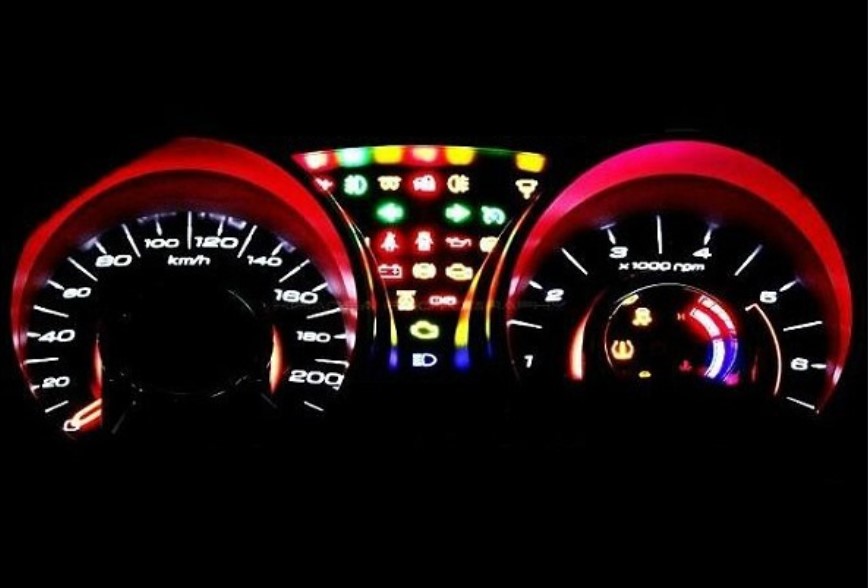
Stay safe while you drive by keeping track of your dashboard lights. There are a number of warning lights on your dashboard that can alert you to routine maintenance or emergency repair tasks, so it’s important to learn more about each light. Monitor your warning lights, find out your wiper blade size and learn about other key maintenance tasks today to keep your car running smoothly.
Importance of Learning the Dash Light Meanings
The most important thing to know about dash lights is the color code. Most warning panels are color-coded to help you determine whether a warning is an emergency, routine reminder or reporting the safe operation of a system. Understand the coloring system of most vehicles to better prepare for a sudden light turning on.
A red light typically communicates an emergency issue. It could be as simple as an open car door or as serious as major engine damage. You may need to stop your vehicle in a safe spot to address a red warning light, particularly if you experience performance issues or are having difficulty stopping, steering or seeing. These are all dangerous driving conditions and are signs of damaged brake systems, power steering or engine issues.
Yellow, orange and amber lights are all cautionary signals. These lights on dashboard may require attention soon, but they aren’t usually emergency repair problems. A yellow light could be a maintenance reminder, a low fuel light or a signal that someone isn’t wearing a seatbelt.
Finally, any green or blue lights typically just communicate a particular feature is being used. Some vehicles have a headlight indicator, high beam reminder or other feature that turns on a blue or green light. These signals don’t require any action, but can be helpful reminders as you drive. You don’t need to stop your car when these lights are on or worry about any maintenance issue.
How To Self-Diagnose a Check Engine Light
The best way to diagnose your check engine light is to stop by a local auto parts store or mechanic. Trained professionals can assist you in determining the necessary repair issue. However, there are a few ways to self-diagnose a check engine light. The most convenient diagnostic tool is an ODB-II scanner. These devices connect directly to your vehicle to determine the source of the error code.
Many issues signal similar warning lights on your dashboard. A check engine light, for example, can be caused by a reading from a variety of sensors. An OBD-II scanner connects to your vehicle’s electronic system and shows you a more accurate error code. This code can point to a specific failed sensor or other device.Once you have this information, you can inspect the system or order the replacement part necessary to remove the warning light. Whether you need new windshield wiper blades, an oxygen sensor or an oil change, find out the meaning of your dashboard warning lights today. Stop by a local auto parts store for a free error code reading or pick up a scanner tool to self-diagnose any emergency issue or common maintenance task.